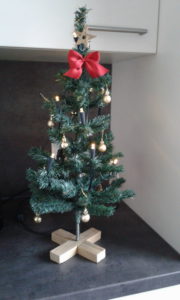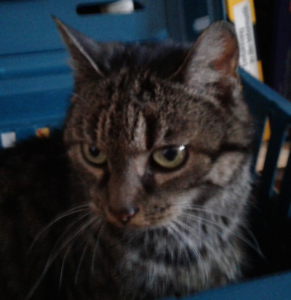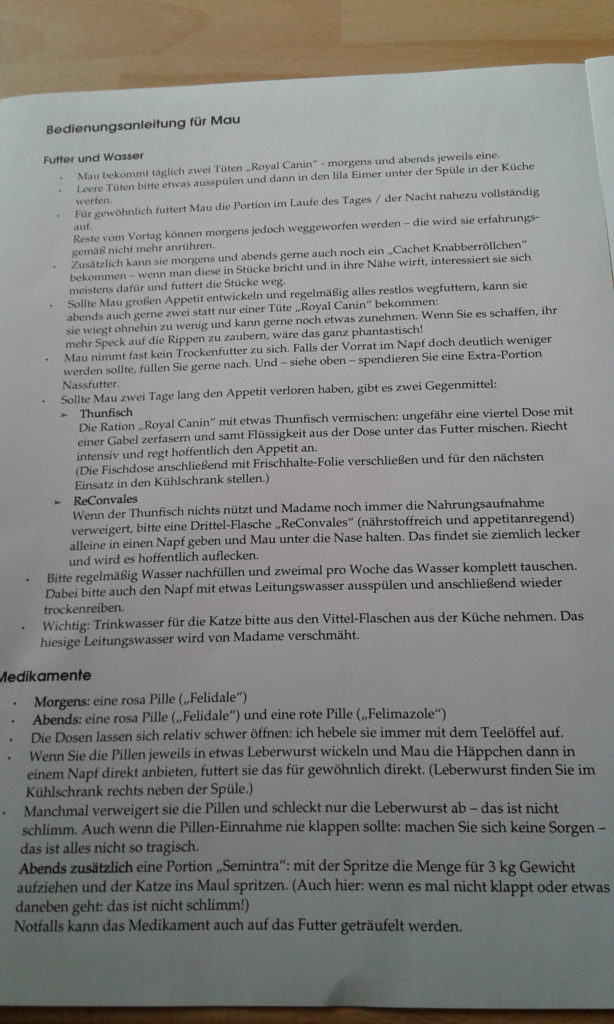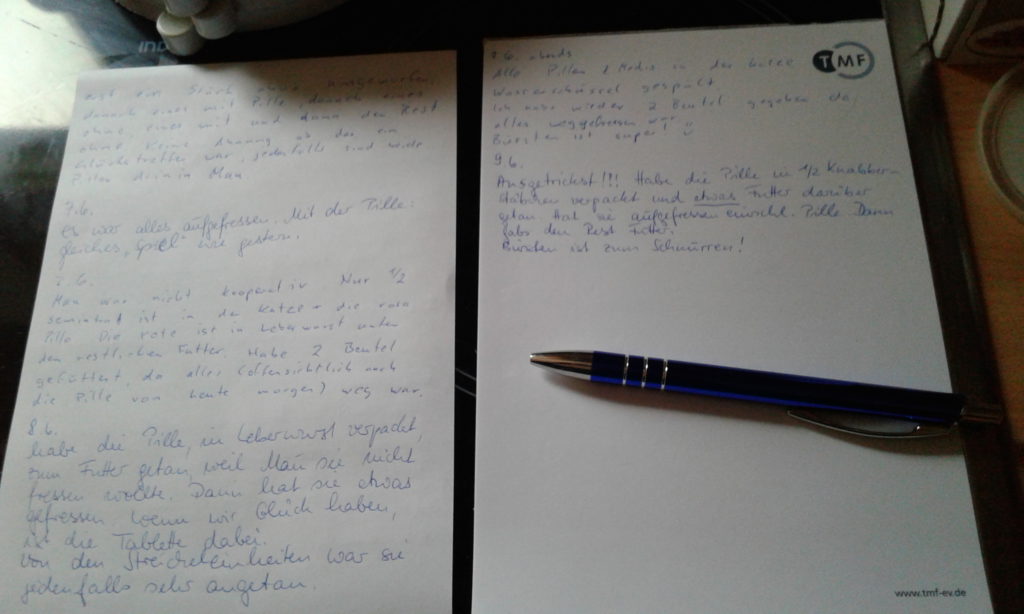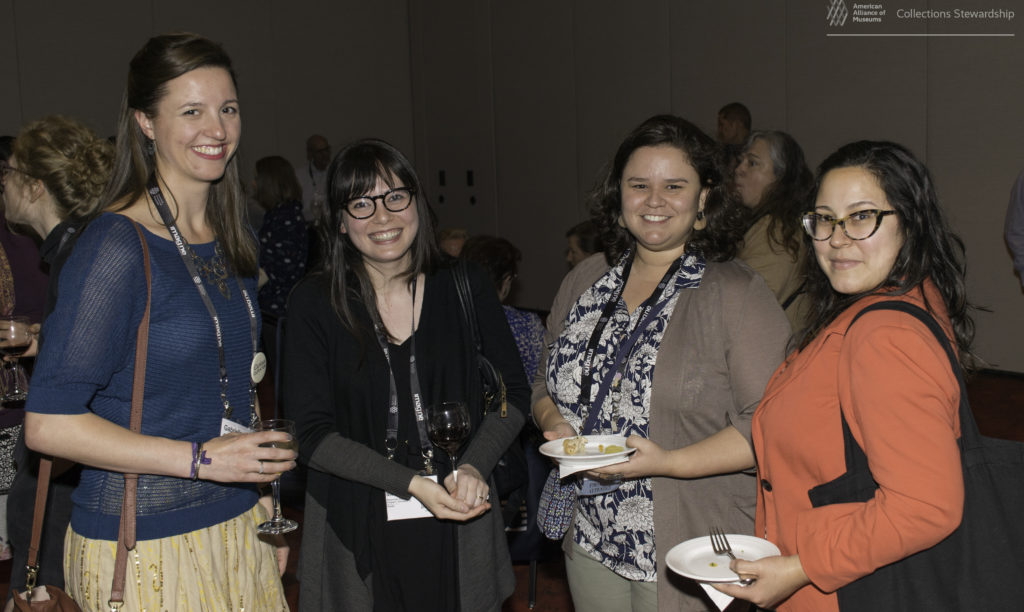Growing up in the middle of Europe my earliest Easter memories are joyfully searching for Easter Eggs in the garden. Many years later a recurring task in my professional life is searching for things that are not where the database says they should be. For this Easter I thought I’d write about the differences:
Searching for objects is not joyful
 While as a child the search for the Easter Eggs is full of joy, the search for an object is all but that. You search for an object because it is needed, often needed fast, for a research request, loan or exhibition. There is time pressure and if you don’t find it, it has consequences. It can mean a whole lot of work for other people, like curators having to search for alternative objects that convey the same message as the original object. It can mean that whole parts of an exhibition must be changed because they were designed around this special object. It can also mean that a researcher can’t answer the question s/he is working on.
While as a child the search for the Easter Eggs is full of joy, the search for an object is all but that. You search for an object because it is needed, often needed fast, for a research request, loan or exhibition. There is time pressure and if you don’t find it, it has consequences. It can mean a whole lot of work for other people, like curators having to search for alternative objects that convey the same message as the original object. It can mean that whole parts of an exhibition must be changed because they were designed around this special object. It can also mean that a researcher can’t answer the question s/he is working on.
Objects are not hidden on purpose
Other than Easter Eggs no one hides objects on purpose. While a small portion is really stolen, most are lost because people miss to record or communicate location changes (we already looked at this in Failures in Figures). The reasons are multifold: thoughtlessness, laziness, arrogance (“That’s not my job”), confidence in the own abilities to remember everything, the belief that “I just take it out now and put it back in immediately”. No traits of the Easter Bunny but of many museum professionals.
Recently I discovered an additional reason why object locations are not updated: magical thinking. The belief just because there is Wi-Fi in the storage and the objects are barcoded a magical superpower knows exactly where each object is. Sorry folks, that’s not how it works.
Looking in all the right places
While searching for Easter Eggs is often unsystematic or just starting at point X and ending at point Y of the garden, searching for objects requires a different approach. If your storage has 3,000 square meters and much more shelf space, you can’t just search everything. And you can’t just go into the storage looking for the object. Instead, the first thing you do is a hands-off approach. You think about what most likely happened to the object.

“I’m quite sure there was one more, was there?”
The starting point is the last entry in the location field. When did it get there, and can you imagine that it was used somewhere else in the meanwhile? A good database comes not only with a location entry but also with a field stating the date the location change was made, along with a history of former location changes. It also has entries of whatever happened to the object and when – was it on loan, did it need conservation, was it photographed, was it cited… All these can provide you with ideas where to start your search. Sometimes a picture was taken after the last date of location change – chances are the object is still in the hands of the photographer. Sometimes the object was on display after the last date of location change – chances are the object is still in the boxes that were packed at the deinstallation of this exhibition. Other objects that were in the same show case at exhibition X went to storage location Y – chances are your object is also in storage location Y.
You are making a list of possible people to call and places to search before you actually start searching.
A mindful use of energy
As a child on Easter morning it’s great to run into the garden full of energy and search for those eggs. As a museum professional with a tight schedule and a lot of tasks on your plate you have to be more mindful about how you will approach the search. You have to weigh the time you can invest in the search against the likeliness of finding the object.
If the object can be retrieved with just a few phone calls, everything is fine. If the object is needed next week and the last storage location is a place that doesn’t exist anymore (i.e. because you disassembled the shelves or moved into another storage location 10 years ago) it’s probably better to inform the researcher or curator immediately and ask her or him to look for an alternative, if possible. If there is a high likeliness of the object being in a pile of boxes that don’t have proper location entries, it’s probably best to work through this pile updating all locations – you will save yourself a lot of time for future requests.
Make sure you know that you don’t know
Remember as a child searching the same place twice because you forgot whether you have looked under that tree? You should make sure this doesn’t happen to you when you search for an object. The most important thing is to mark an object as “location unknown” as soon as you discover it isn’t where it is supposed to be. That way everyone knows the object is not accessible at the moment and can already think about alternatives. It also helps you to keep an eye on all the objects with “location unknown”: Is their number in the database decreasing, chances are you are doing a good job as collections manager. If the number increases, chances are there are problems in your collections management and logistic workflow and you might want to take a closer look to find the underlying issues.
That you should tick off the things you already did to find the object on your list should go without saying.
I hope the only thing you have to search for now are real Easter Eggs.
Happy Easter, all!
Angela







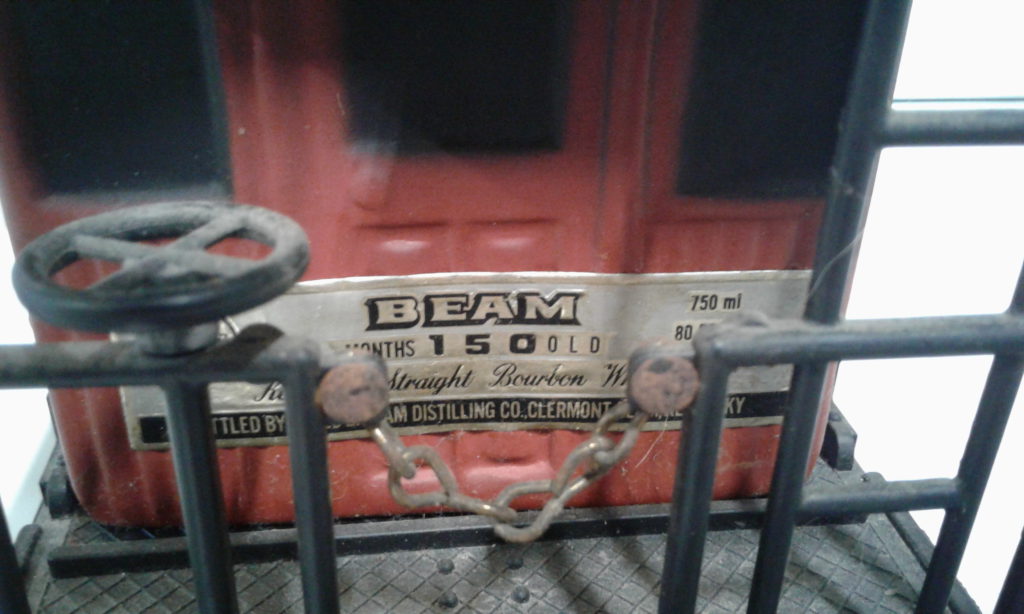

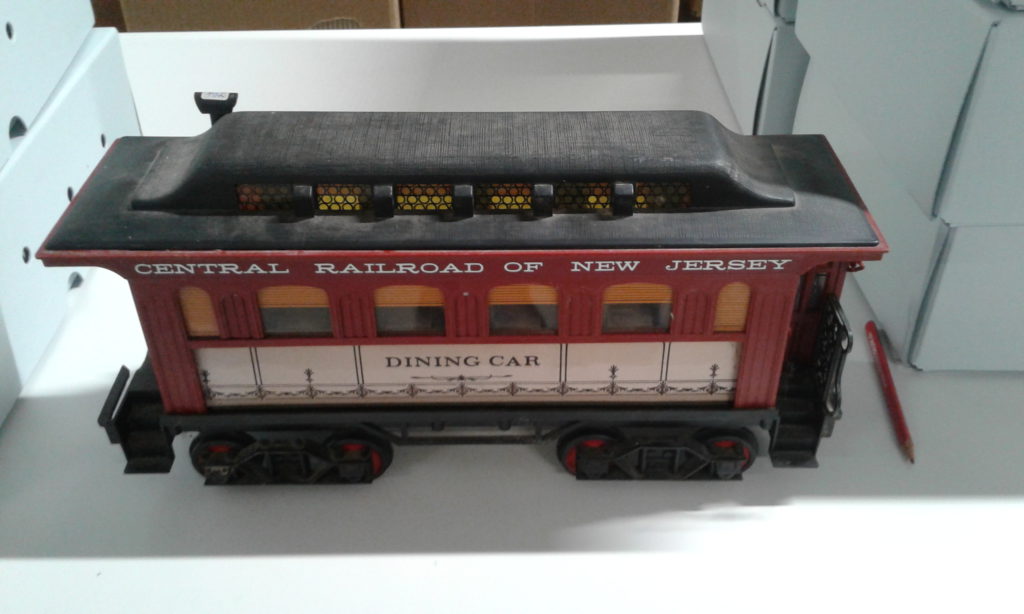
 While as a child the search for the Easter Eggs is full of joy, the search for an object is all but that. You search for an object because it is needed, often needed fast, for a research request, loan or exhibition. There is time pressure and if you don’t find it, it has consequences. It can mean a whole lot of work for other people, like curators having to search for alternative objects that convey the same message as the original object. It can mean that whole parts of an exhibition must be changed because they were designed around this special object. It can also mean that a researcher can’t answer the question s/he is working on.
While as a child the search for the Easter Eggs is full of joy, the search for an object is all but that. You search for an object because it is needed, often needed fast, for a research request, loan or exhibition. There is time pressure and if you don’t find it, it has consequences. It can mean a whole lot of work for other people, like curators having to search for alternative objects that convey the same message as the original object. It can mean that whole parts of an exhibition must be changed because they were designed around this special object. It can also mean that a researcher can’t answer the question s/he is working on. 
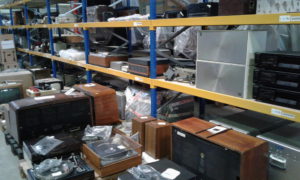
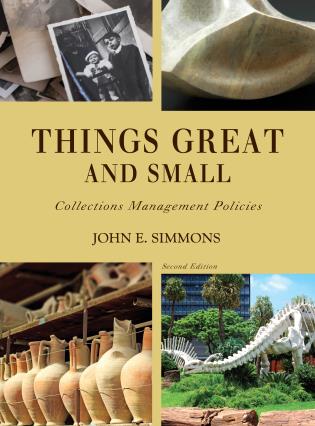 About a year and a half ago, my editor at Rowman & Littlefield asked if I was interested in preparing a new edition of my book, Things Great and Small: Collections Management Policies. The first edition had been published in 2006 which meant that it was long overdue for an update, so of course I said yes (I wanted to call the second edition Things Greater and Smaller, but, alas, that didn’t happen).
About a year and a half ago, my editor at Rowman & Littlefield asked if I was interested in preparing a new edition of my book, Things Great and Small: Collections Management Policies. The first edition had been published in 2006 which meant that it was long overdue for an update, so of course I said yes (I wanted to call the second edition Things Greater and Smaller, but, alas, that didn’t happen).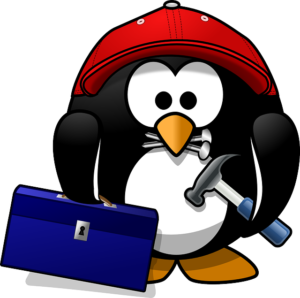 “After five years you can consider a project as grown-up.” This was more or less how the moderator at the
“After five years you can consider a project as grown-up.” This was more or less how the moderator at the 